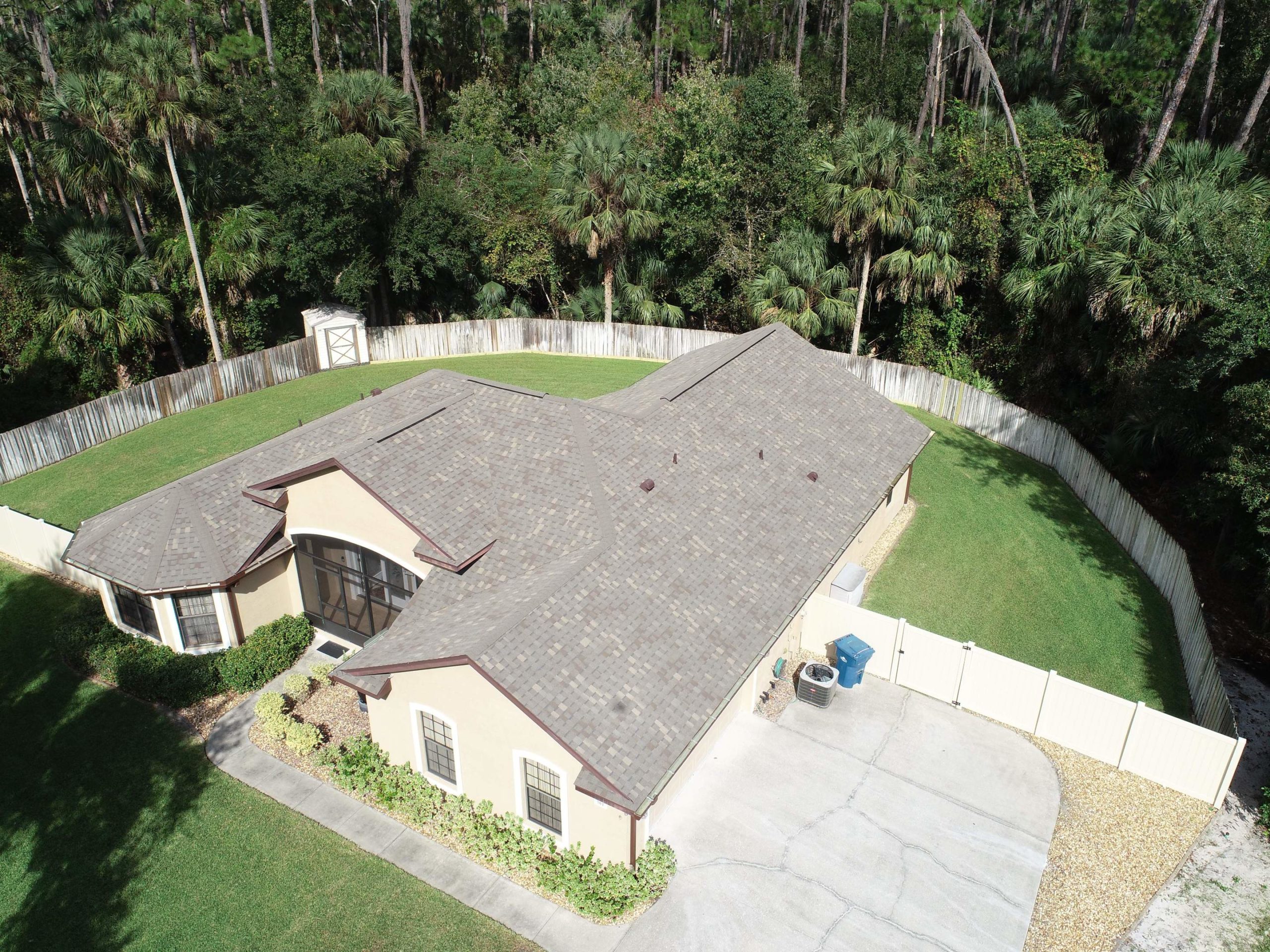
You Have Questions – Nine Square Has The Answers
Discover solutions below to our most frequently asked questions!
As you begin the process of searching for a suitable service that Nine Square has to offer, it is natural to have many questions. It is our job to take the stress out of this stage by being transparent, honest and available to answer any questions you may have.
Roofing Vocabulary:
Attic Ventilation: Typically a two-part system that consists of intake ventilation and exhaust ventilation. Intake vents are usually found on your soffits (under the eaves of your roof), and exhaust vents are typically found on top of your roof (either along your ridges or offset from your ridges).
* Florida Building Code requires a minimum 150:1 ratio of ventilation area to the attic area. The ventilation area is split between your intake and exhaust vents. A properly ventilated attic not only meets Florida Building Code, but it can reduce the load on your home cooling system and extend the lifespan of your roof.
Drip Edge Flashings: An integral part of your roofing systems that helps divert water from running down your fascia. Florida Building Code requires that new drip edge flashings are installed whenever you have your roof replaced.
Exhaust Flashings (or gooseneck vents): Exhaust flashings are roof flashings used to cover bathroom and kitchen extractor exhaust ducts.
Fascias (architectural): As a character of the roof eave, fascias are finishing details that connect gutter attachments, rafters and trusses.
Hip & Ridge Shingles: The shingles that cover your hips and ridges.
Ice & Water Underlayment: A self-adhered secondary water barrier typically used to provide additional protection in the valleys of your roof. Ice & Water underlayment can be used around roof penetration, along your roof’s eaves and gables, or cover all of your roof’s sheathing.
Pipe Flashings (or boots): Roof flashings used to cover sewer exhaust pipes.
Pitch (or slope): A measure of the steepness of a roof. It is measured in the rise over a 12-inch run. The typical roof slope in Central Florida is 6:12.
Roof Eaves: Where the roof overhangs the exterior walls of the building. The soffit and fascia, a vertical facing board, make up the eave.
Roof Gables (or rakes): When two sloped angles meet they connect at the ridge. The front facing fall connecting the two slopes is the gable. The rakes connect at the roof eaves to give the structure a finishing look.
Roof Hips: Unlike a gable roof, a hip roof slopes all facets down to the walls so there are no gables.
Roof Ridges: The peaks at which the two sloping facets meet.
Roof Valleys: The intersection of two slopes inward. This area can cause water collection and should be designed to allow that water to flow off the roof.
Sheathing (or decking): The layer under which the roofing system is attached to. This layer is typically made of plywood or OSB (Oriented Strand Board)
Square: A unit of measurement used to represent 100 square feet.
Starter Shingles: The first course of shingles required to start the process of installing shingles up your roof. Starter shingles are installed at the eave of your roof to help prevent shingle blow-off during high winds. They are typically required to be installed along your eaves and gables (or rakes) to provide your home with maximum wind performance.
Underlayment: A secondary water barrier that acts as both temporary waterproofing for your roof before your primary roofing system (shingles or tiles) is installed and then as a backup waterproofing system after your primary roofing system is installed.
Wall Flashings: Formed sheet metal used to prevent water intrusion along the exterior walls of a building. For newly constructed buildings, wall flashings are typically covered by exterior siding and/or stucco. For existing buildings, the best approach is to use a two-part flashing system that includes a counter flashing with sealant.
